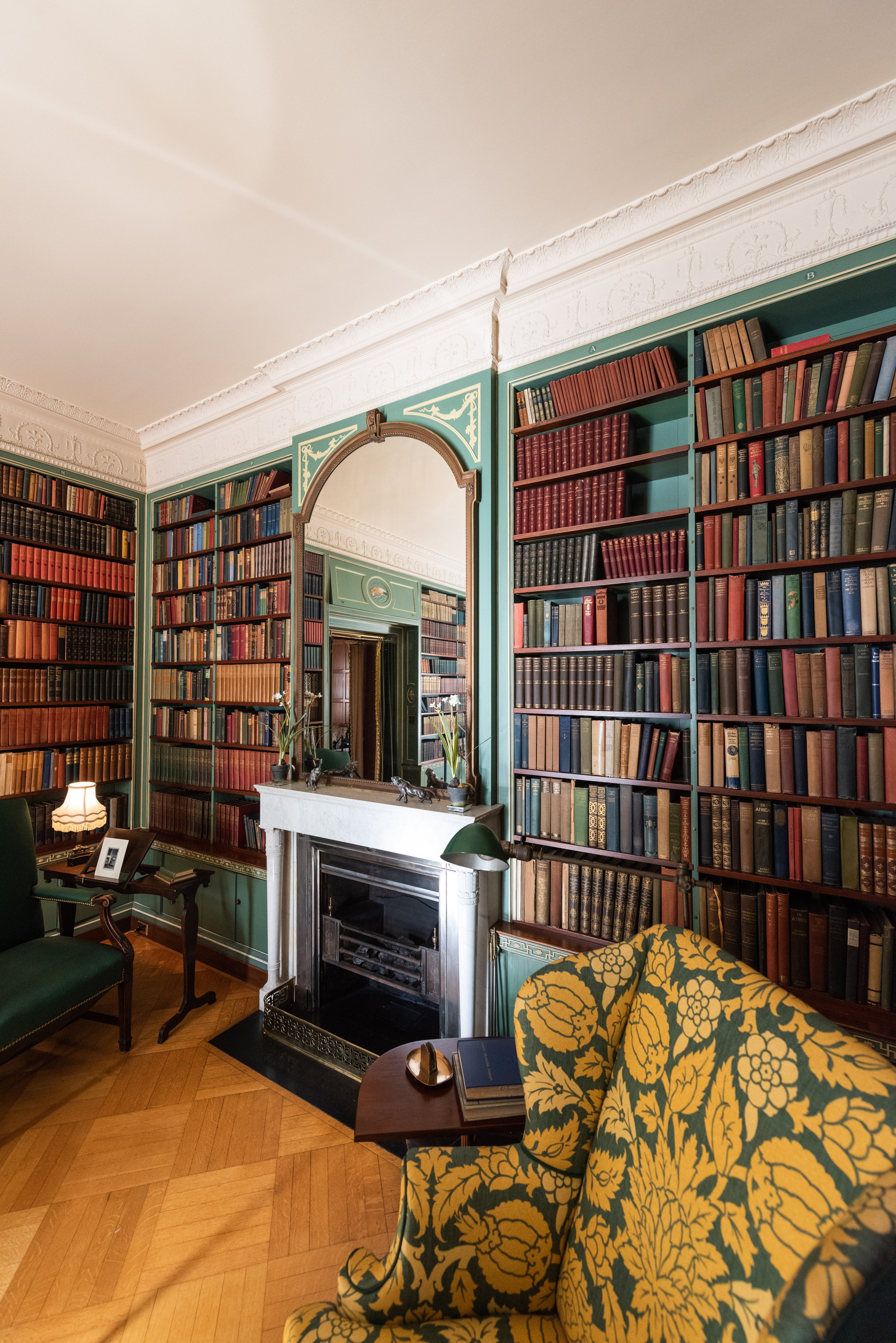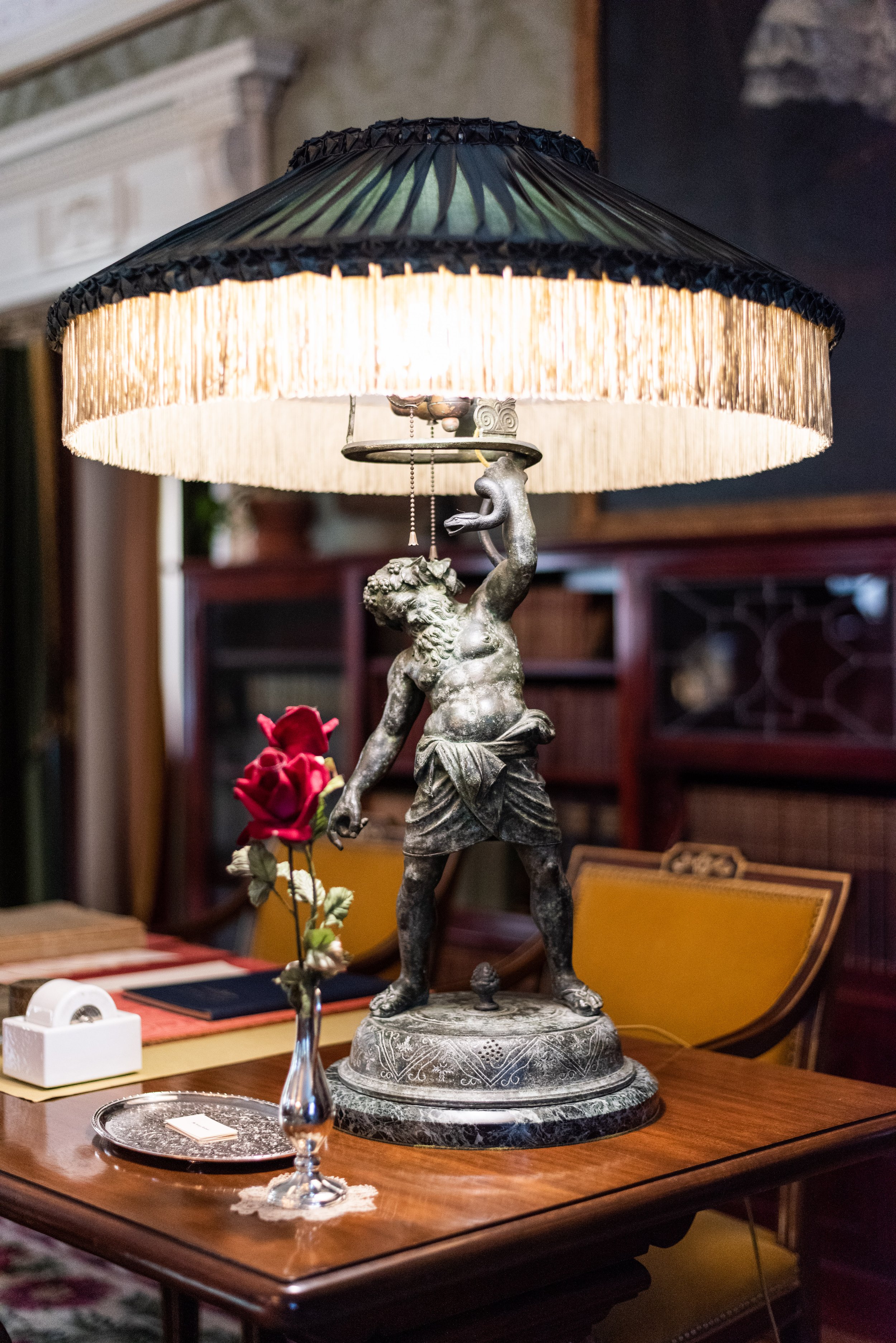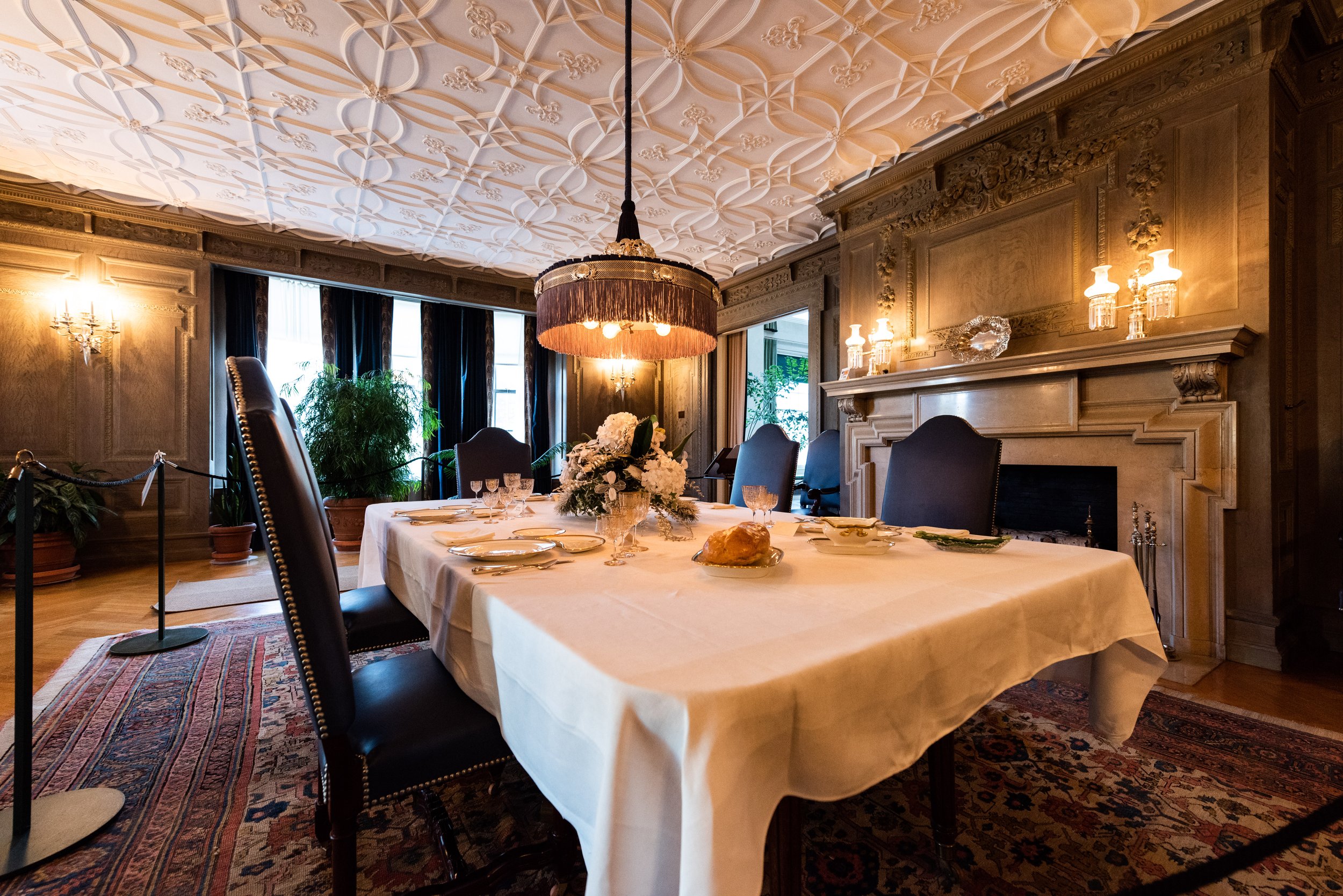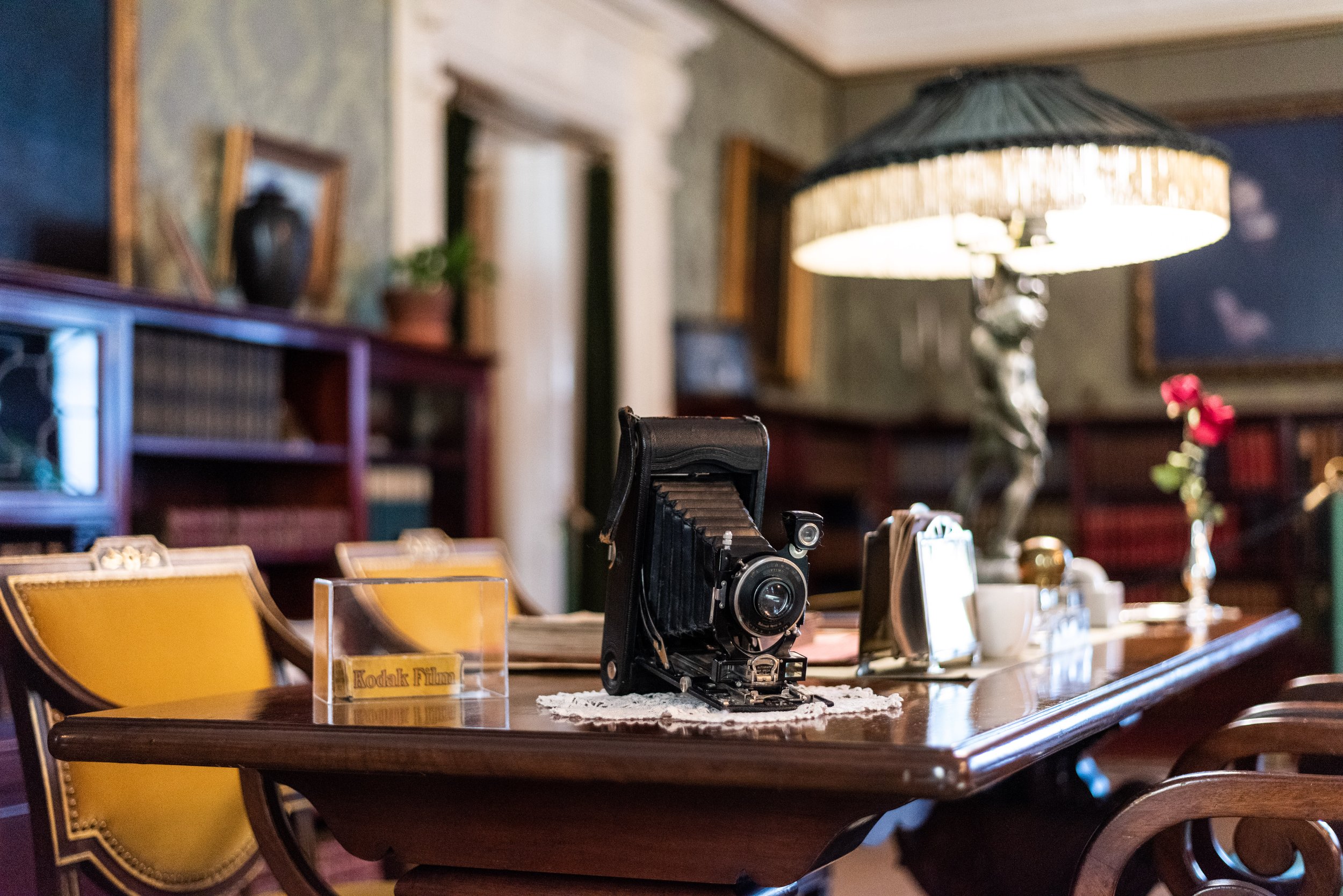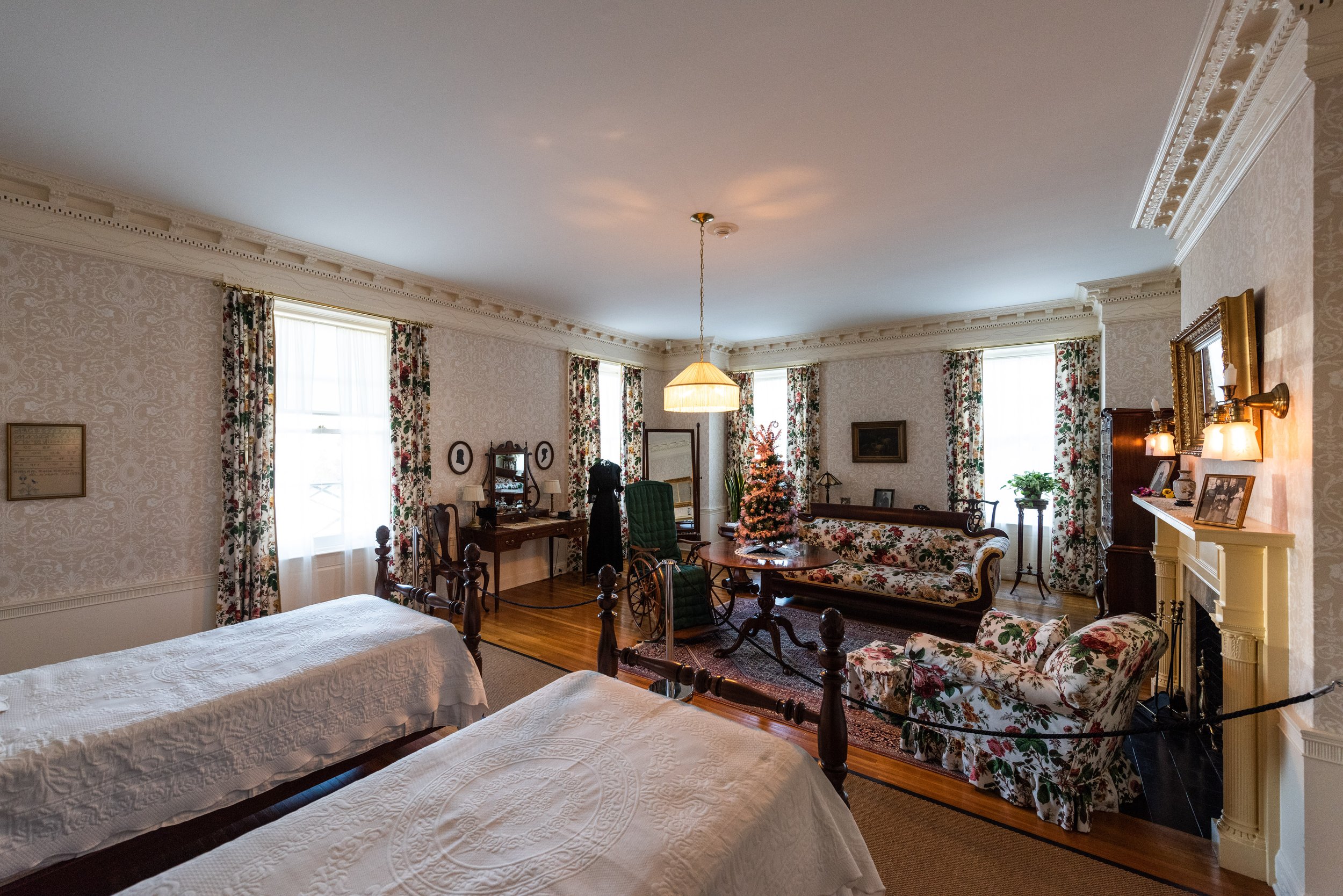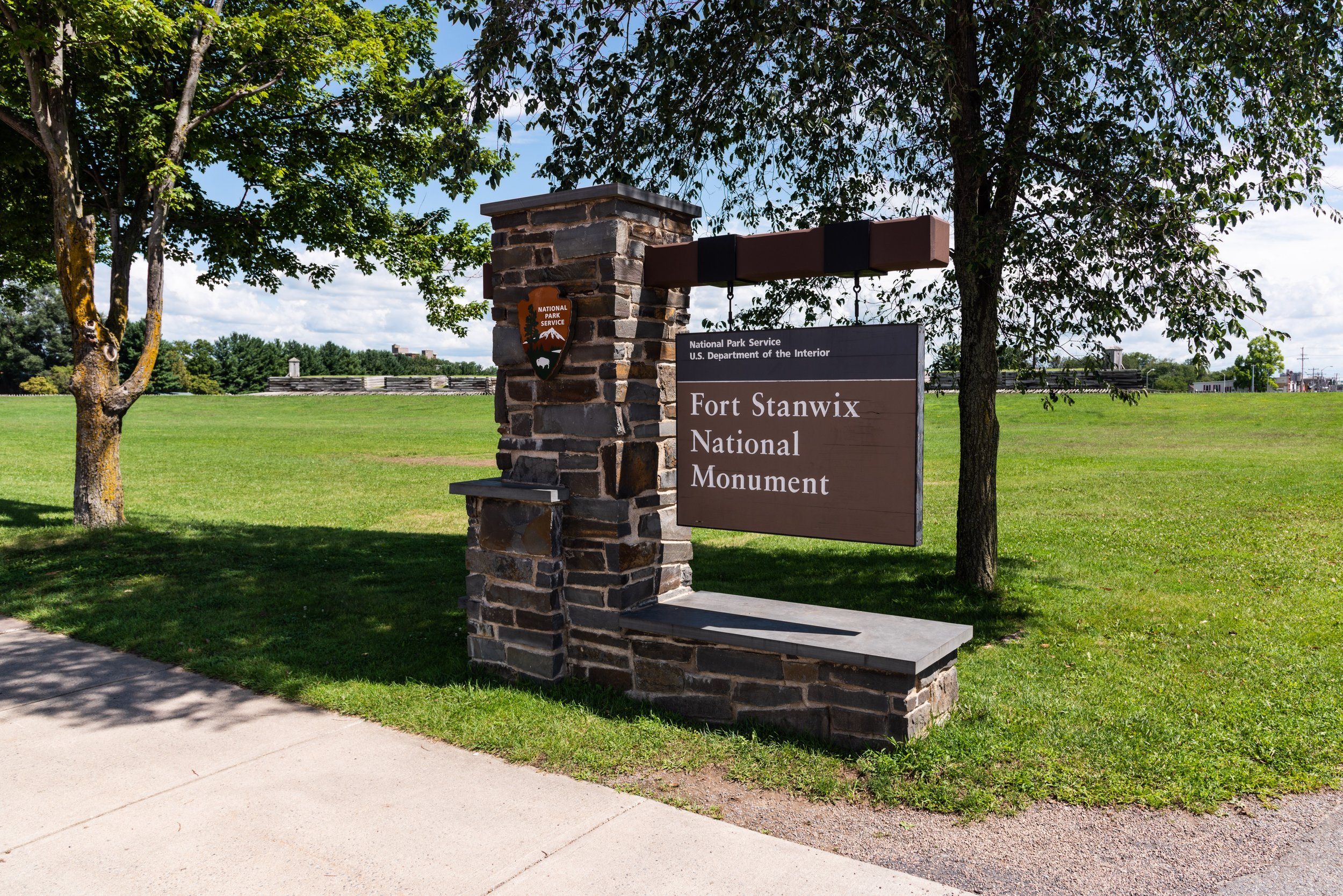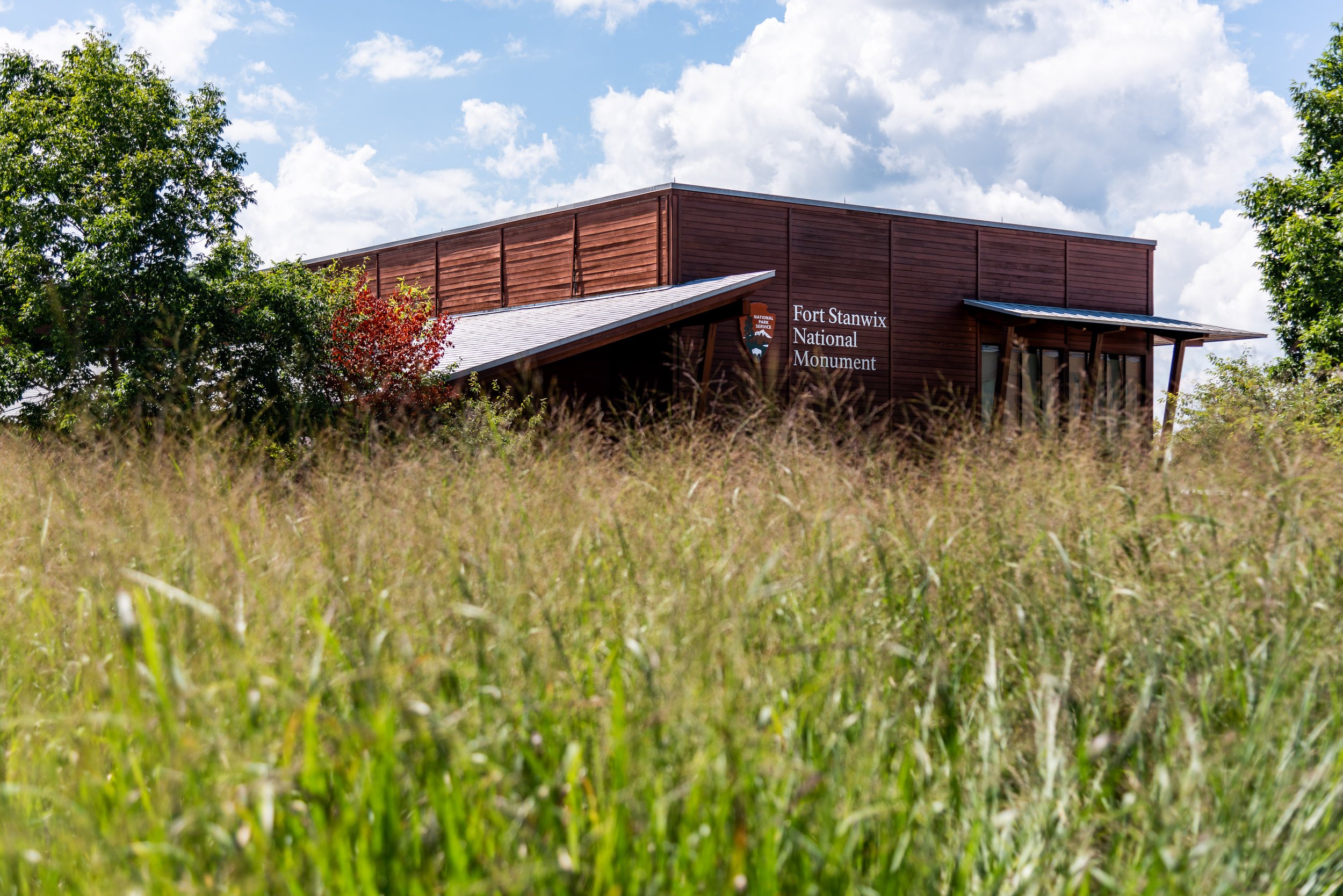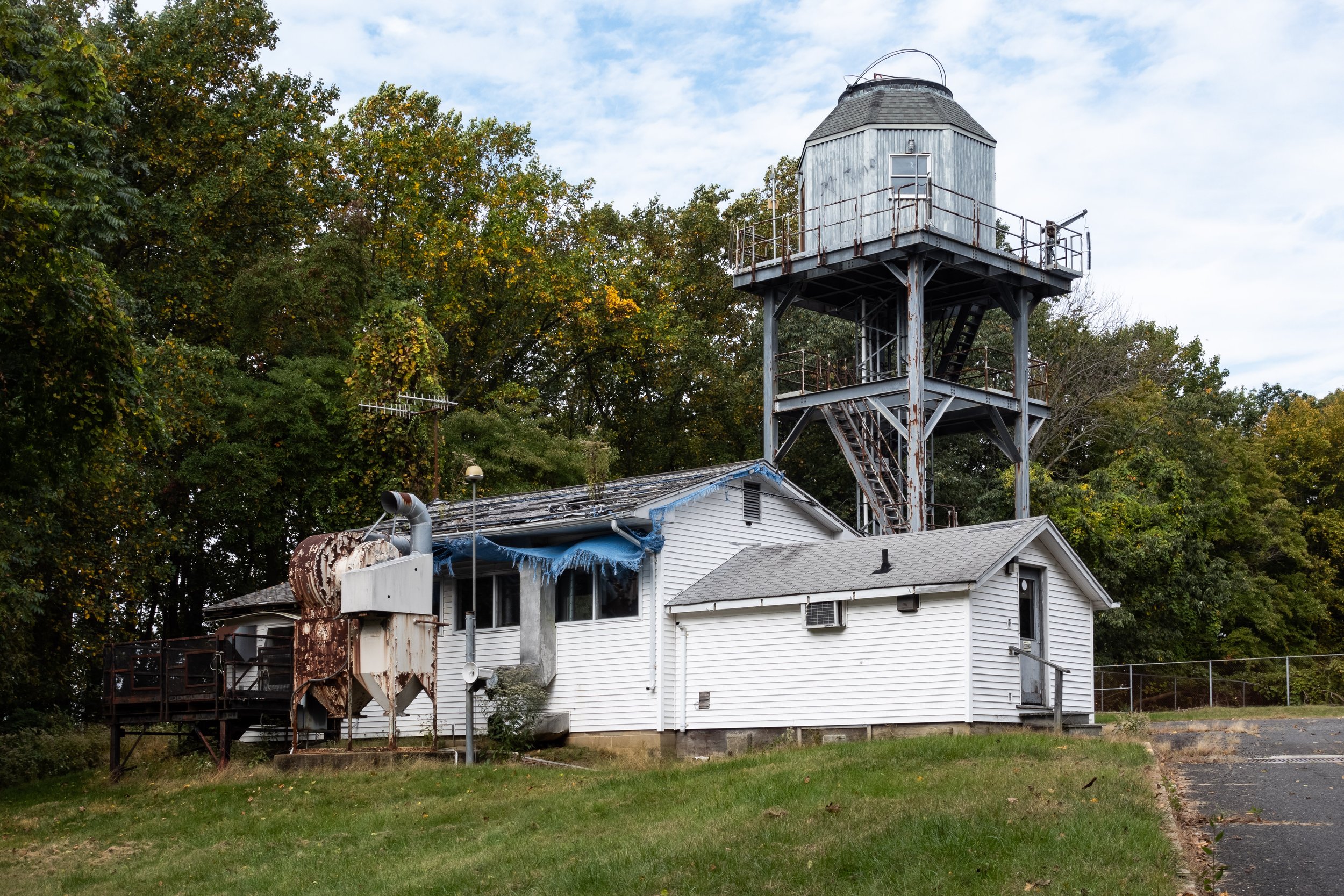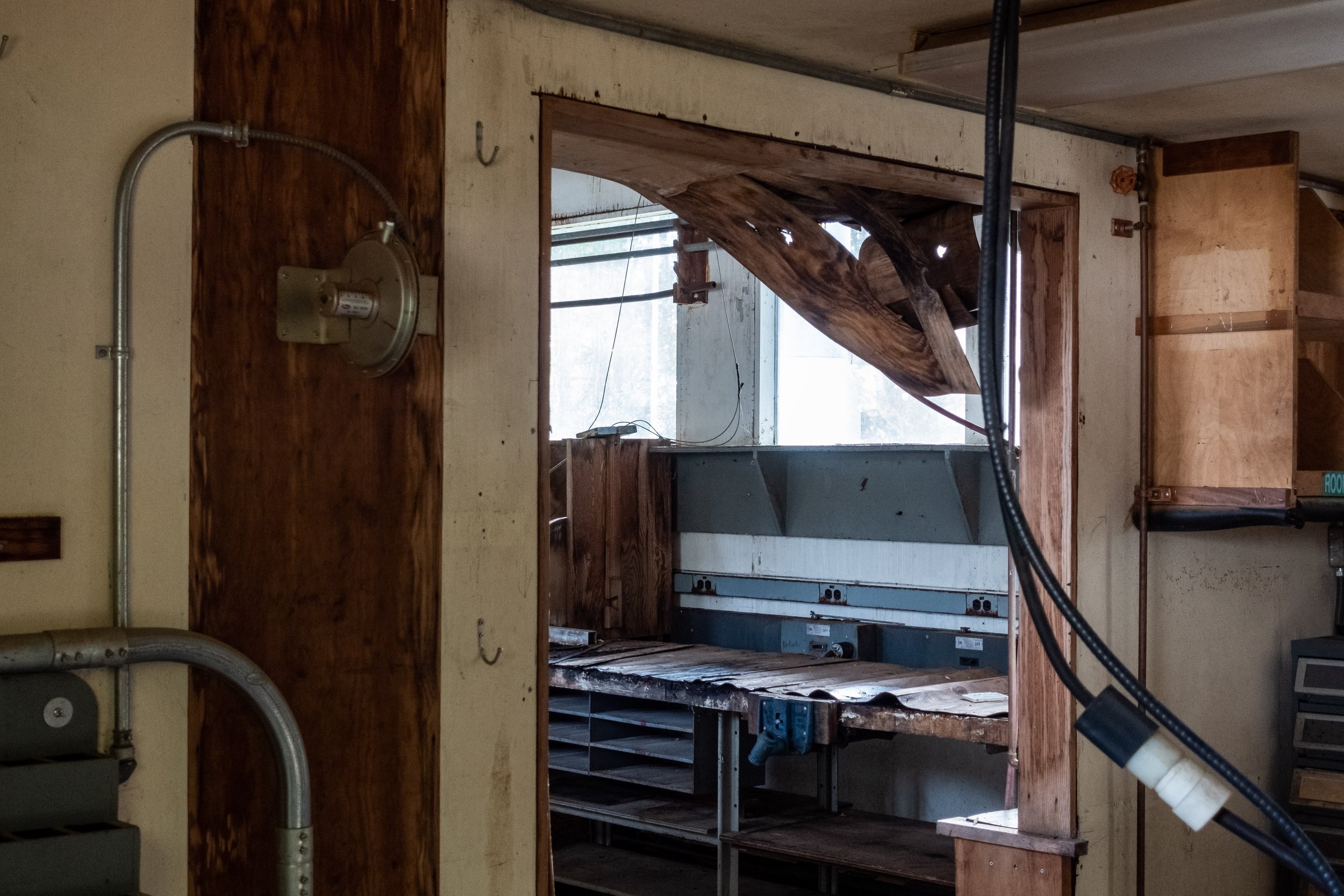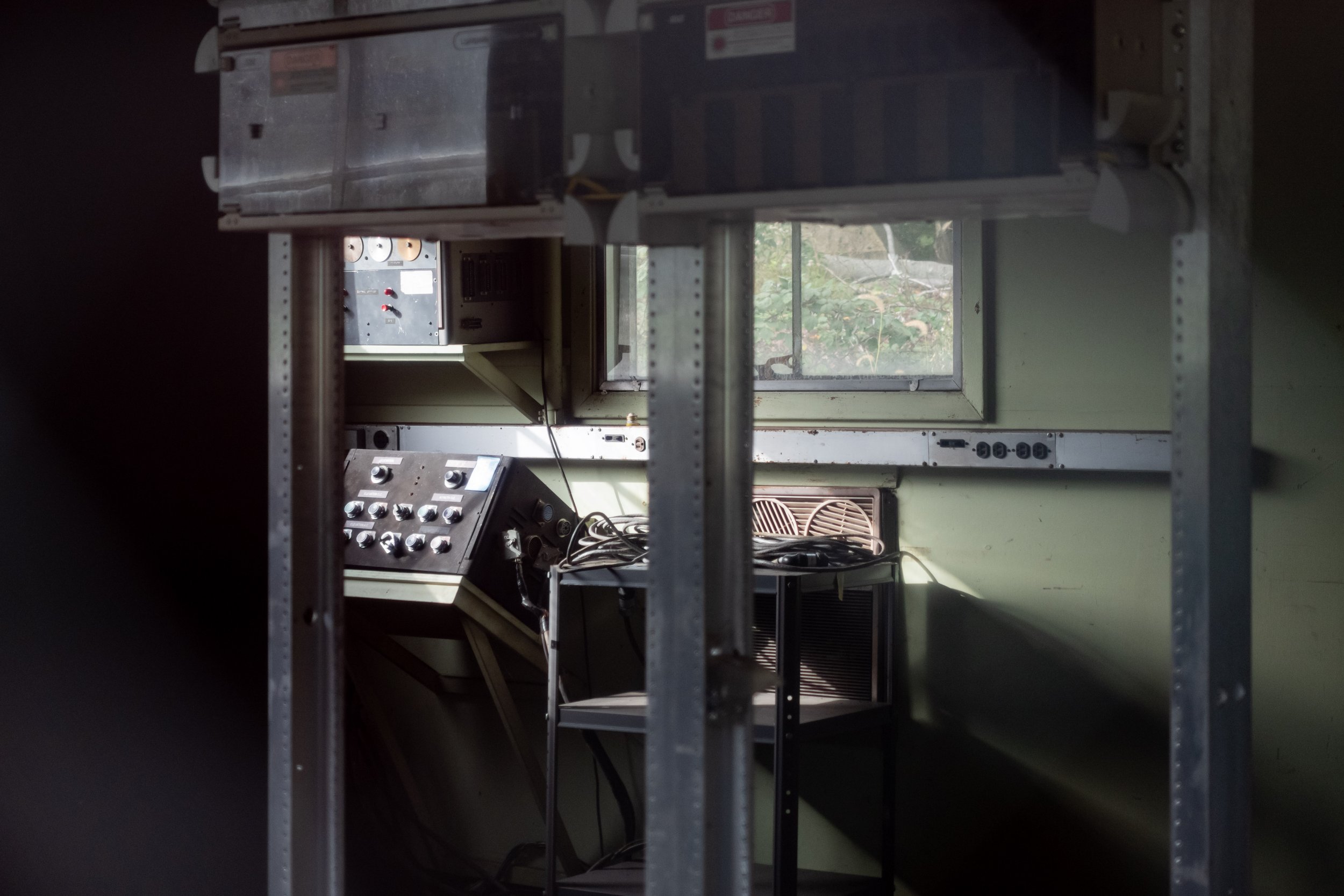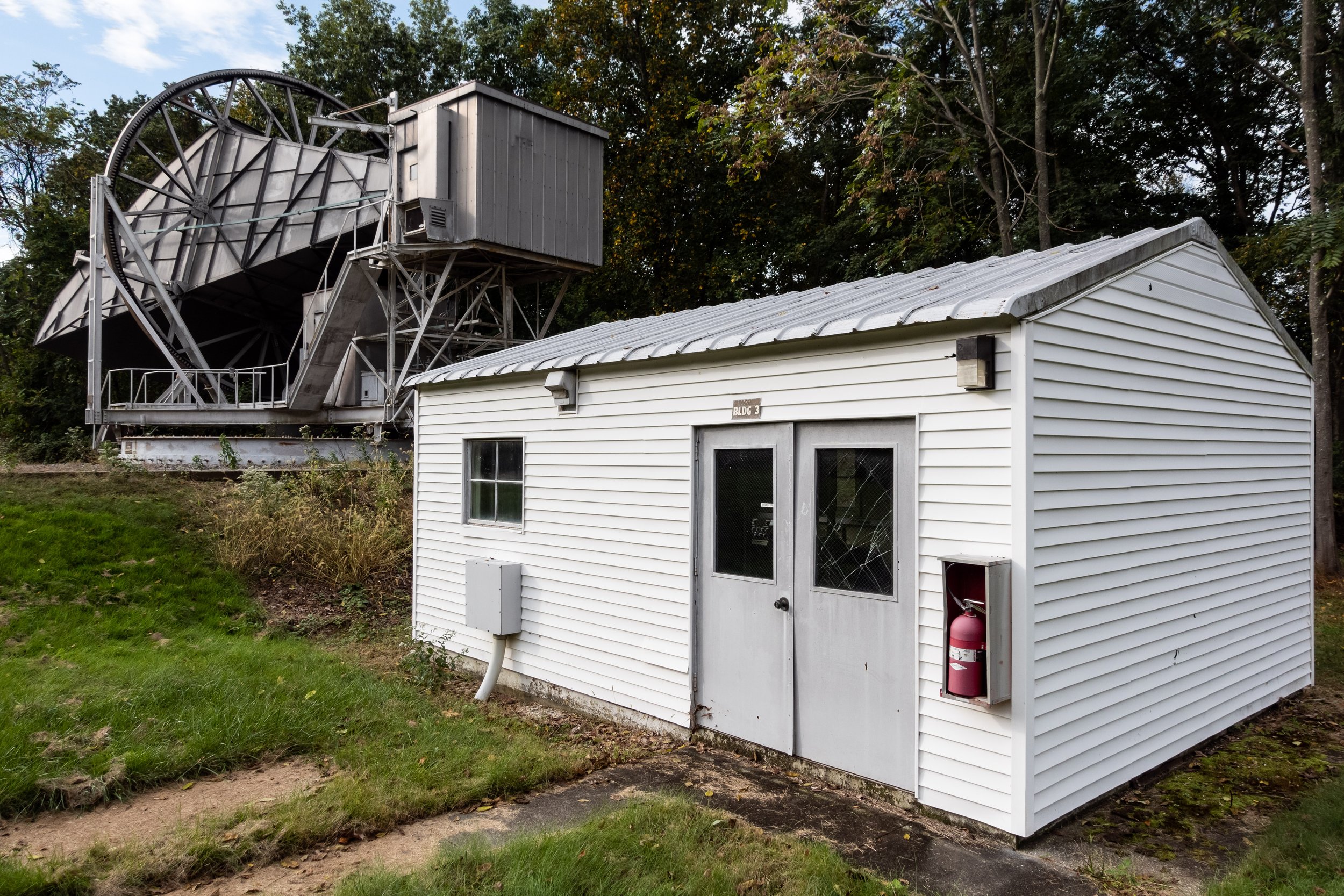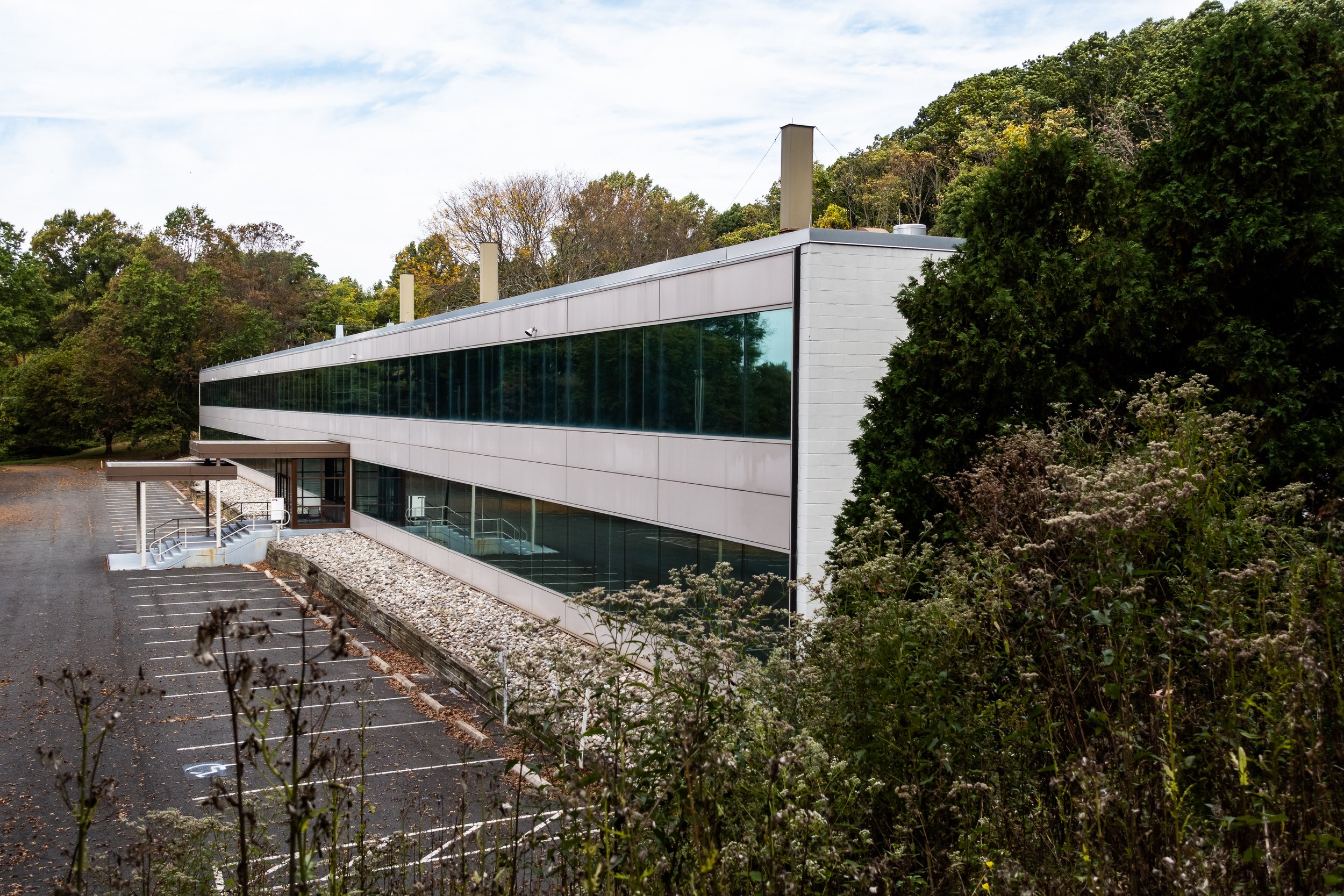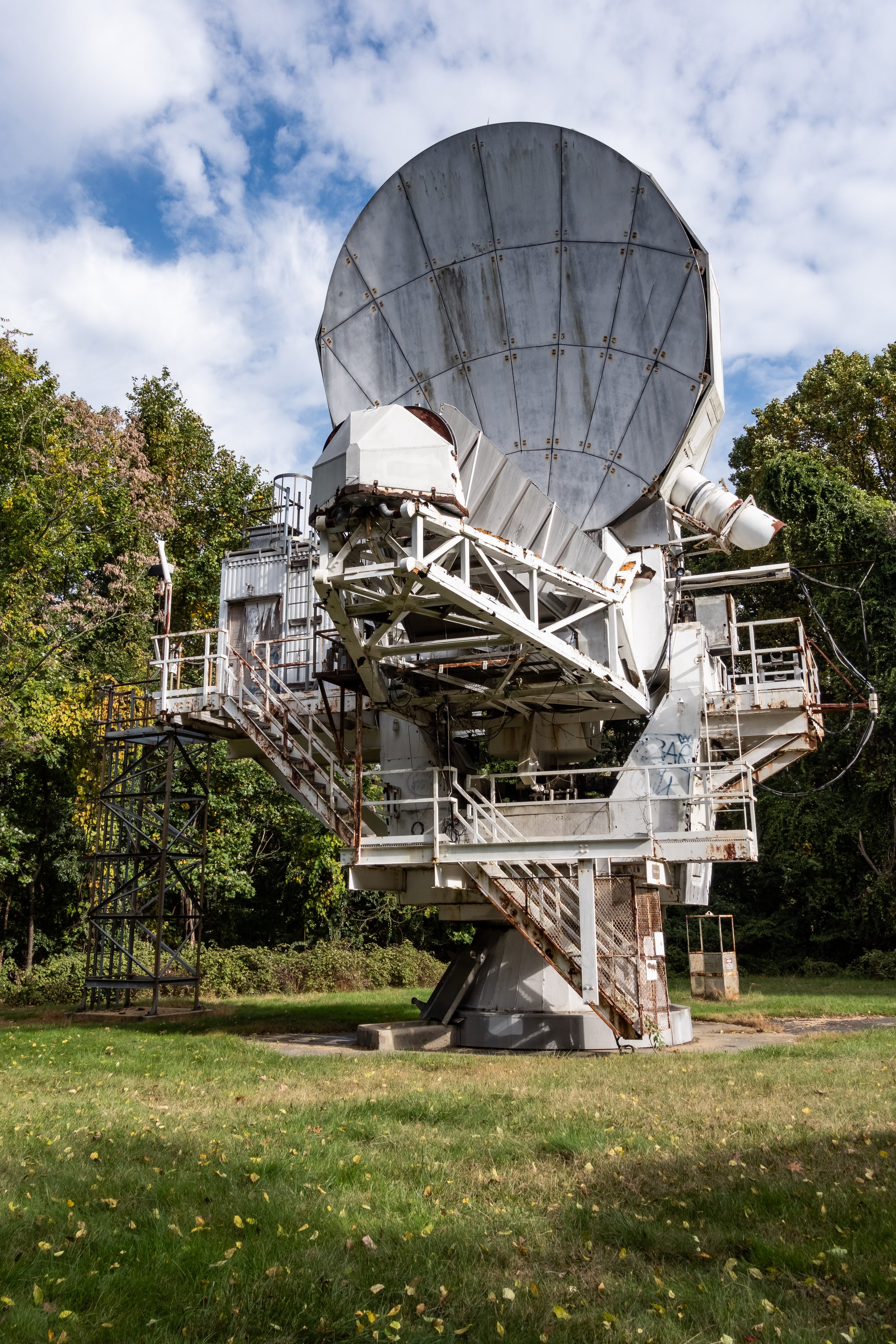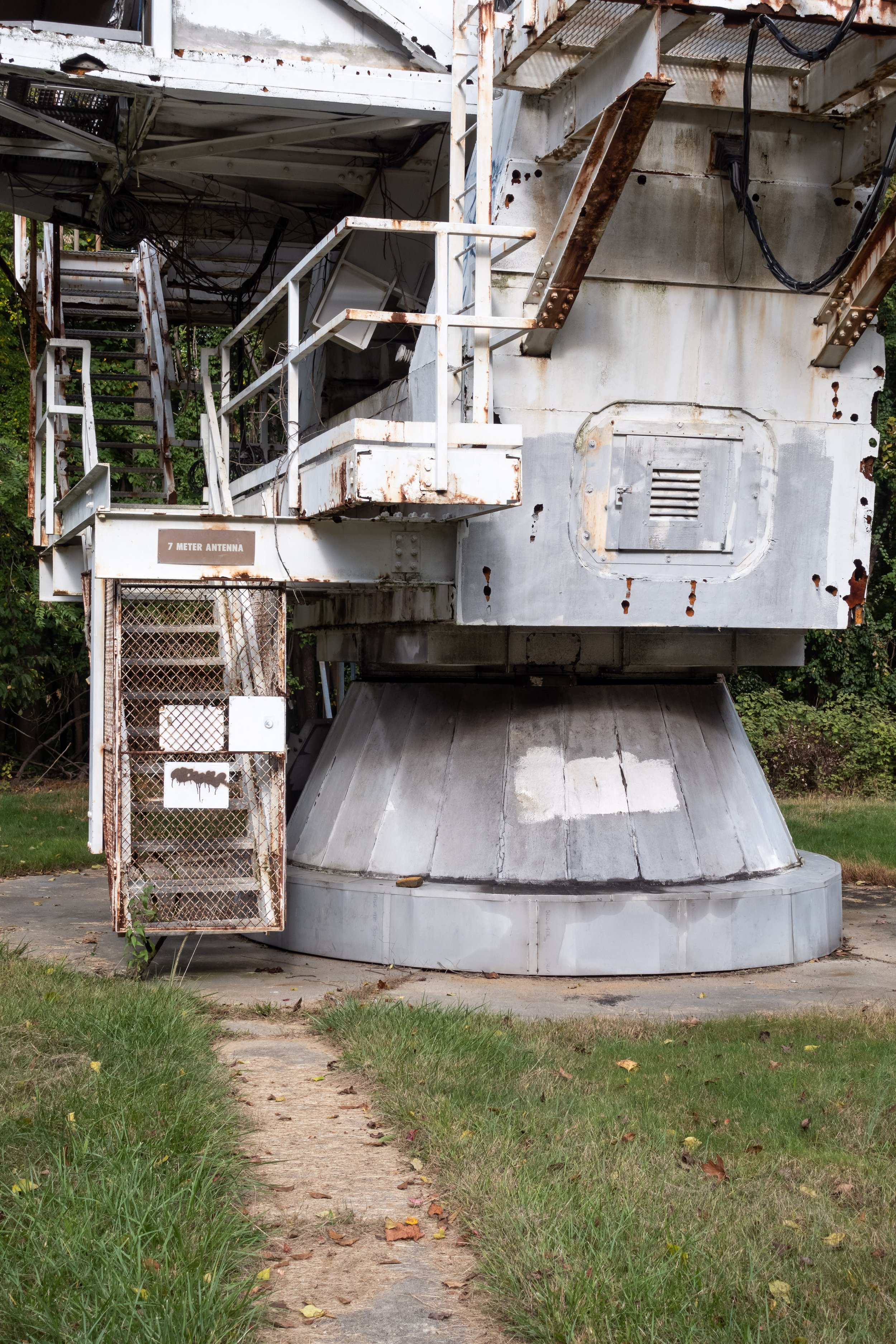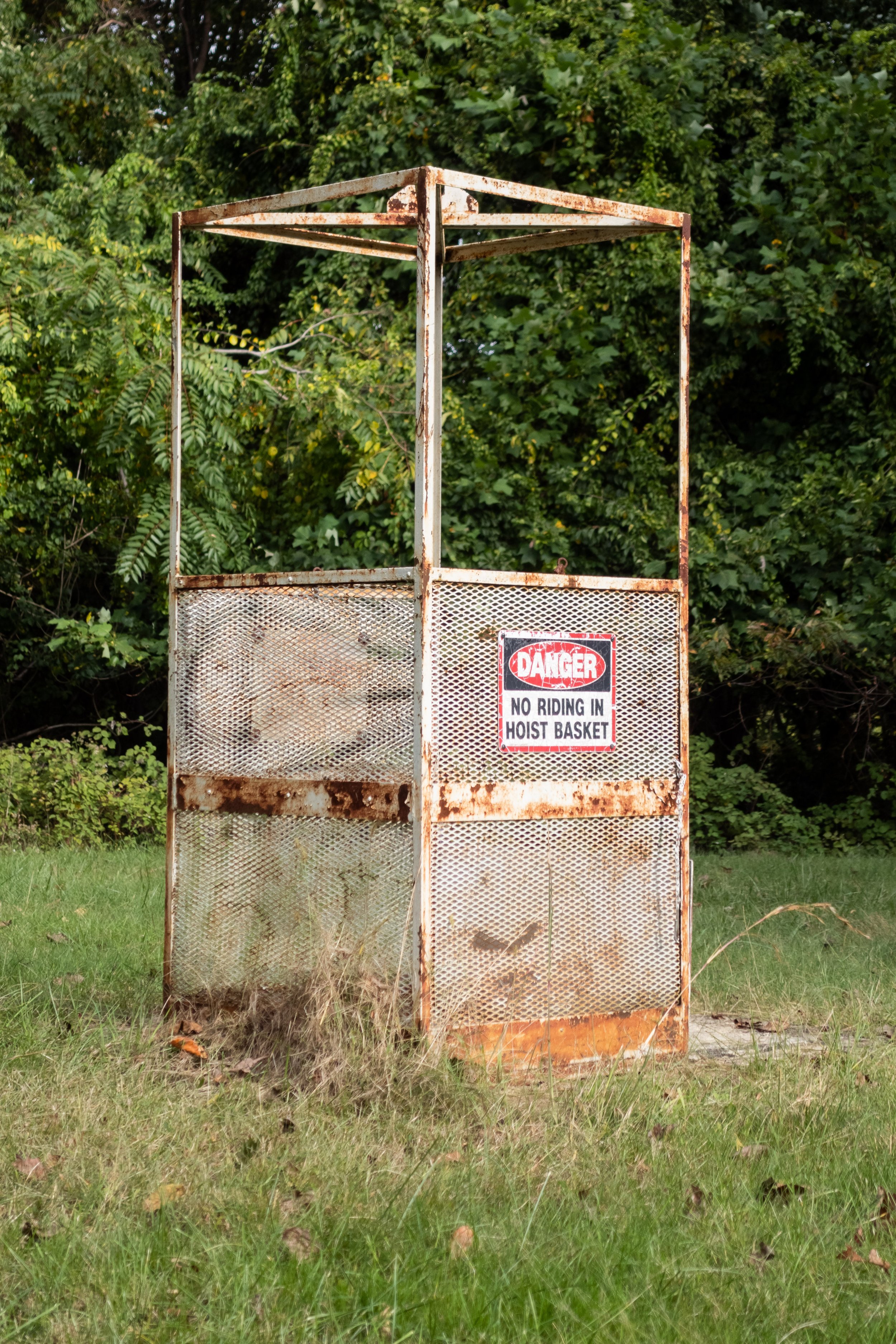Sometimes history is hiding in plain sight, as is the case with with Cayuga Preventorium. Luckily for me there were a few handy plaques that tipped me off to the significance of the Cayuga Nature Center building. Even before seeing the signs, the building gave off an institutional tone. Built in 1939 as a retreat designed to help prevent tuberculosis in Tompkins County youth exposed to the disease, the old preventorium now houses the Cayuga Nature Center (and previously served as a dormitory for Cornell students, a summer camp, and a conference center until 1975).
The new building opened in 1939 and closed only a short time later in 1942. Staffing shortages caused by the war and the advent of antibiotics to combat tuberculosis infections made the “sunshine and fresh air” method of recovery obsolete. The camp’s first home was across Cayuga Lake at Estey’s Point, and only operated during the warm months. The land donated for the new building was gifted by Mr. & Ms. Ernest T. Paine in the 1930s, and construction completed under guidance of the Works Progress Administration.
Walking through the building, some of the materials start to look familiar to someone who has an affinity for WWII era structures. The ubiquitous wood chip board, made of bonded wood scraps, sawdust, and glue, is tacked to the walls of the second level. This reminded me of the Amache Internment Camp in Colorado, which was constructed of like material. The building is laid out in a C-shape, with wings for patients flanking the central dining room and sun porch. Finding out more specifics regarding the preventorium’s original role has been tough - despite being nominated for the National Register and speaking with folks at the nature center and county historical society, details are sparse.
One feature that caught my attention was the familiar looking ridge vent with the star on top - something I’ve seen before at Fort DuPont. Given that the Cayuga Preventorium was built by the Works Progress Administration, a government entity, it would make sense that building materials used in the war effort show up here. I’m going to keep researching this site and add additional details here if I come across them.









